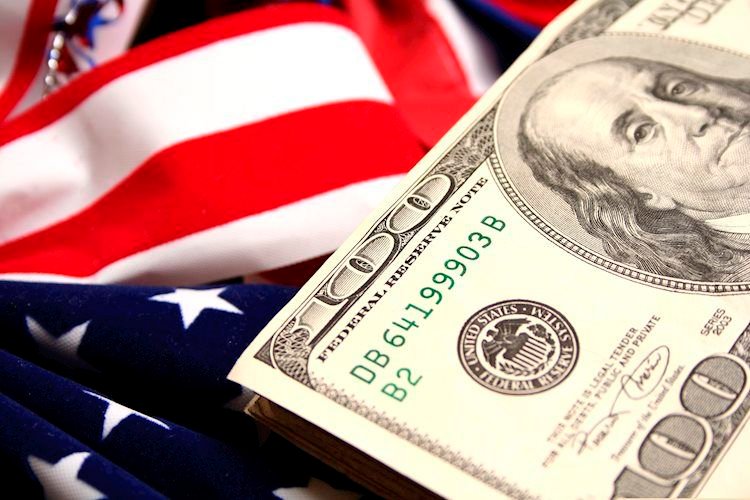- DXY Index declines as investors favor riskier assets following Powell’s dovish speech.
- Powell hinted that the economic outlook is coming closer to the Fed’s goal.
- Markets have already priced in a September cut.
The US Dollar (USD), measured by the US Dollar Index (DXY), resumed its decline on Friday, falling from below the 101.00 level due to a shift toward riskier investments. This shift was influenced by the dovish tone of US Federal Reserve (Fed) Chairman Jerome Powell’s speech at Jackson Hole.
Despite concerns about decelerating job growth, Fed officials, including Powell, maintain positive views on the US labor market. Data suggests that the US economy continues to expand above trend, suggesting that the market may be overestimating the need for rapid monetary easing.
Daily digest market movers: US Dollar softens after Powell’s speech
- Chair Powell stated that inflation has significantly declined, bringing the economy closer to the Fed’s 2% target.
- Powell observed a noticeable cooling in the labor market, suggesting the economy is no longer overheated.
- Fed Chair also noted that the balance of risks has shifted, with reduced inflation risks but heightened concerns about employment.
- Chair Powell stated that future rate cuts will be determined by data, economic outlook and the balance of risks.
- Market participants have increased bets on a Fed rate cut in response to Powell’s comments, with a September cut now being fully priced in.
DXY technical outlook: Bearish bias is clearer, correction possible
The technical outlook of the DXY Index remains bearish. However, buyers have been attempting to initiate an uptrend. The index remains below its 20, 100 and 200-day Simple Moving Averages (SMAs), indicating a bearish bias. The Relative Strength Index (RSI) is below 30, indicating continued and over-extended selling pressure. The Moving Average Convergence Divergence (MACD) remains in negative territory with red bars.
That being said, as indicators show oversold signals, there is potential for a correction to the upside.
Support Levels: 101.00, 100.50, 100.30
Resistance Levels: 101.50, 101.80, 102.20.
US Dollar FAQs
The US Dollar (USD) is the official currency of the United States of America, and the ‘de facto’ currency of a significant number of other countries where it is found in circulation alongside local notes. It is the most heavily traded currency in the world, accounting for over 88% of all global foreign exchange turnover, or an average of $6.6 trillion in transactions per day, according to data from 2022. Following the second world war, the USD took over from the British Pound as the world’s reserve currency. For most of its history, the US Dollar was backed by Gold, until the Bretton Woods Agreement in 1971 when the Gold Standard went away.
The most important single factor impacting on the value of the US Dollar is monetary policy, which is shaped by the Federal Reserve (Fed). The Fed has two mandates: to achieve price stability (control inflation) and foster full employment. Its primary tool to achieve these two goals is by adjusting interest rates. When prices are rising too quickly and inflation is above the Fed’s 2% target, the Fed will raise rates, which helps the USD value. When inflation falls below 2% or the Unemployment Rate is too high, the Fed may lower interest rates, which weighs on the Greenback.
In extreme situations, the Federal Reserve can also print more Dollars and enact quantitative easing (QE). QE is the process by which the Fed substantially increases the flow of credit in a stuck financial system. It is a non-standard policy measure used when credit has dried up because banks will not lend to each other (out of the fear of counterparty default). It is a last resort when simply lowering interest rates is unlikely to achieve the necessary result. It was the Fed’s weapon of choice to combat the credit crunch that occurred during the Great Financial Crisis in 2008. It involves the Fed printing more Dollars and using them to buy US government bonds predominantly from financial institutions. QE usually leads to a weaker US Dollar.
Quantitative tightening (QT) is the reverse process whereby the Federal Reserve stops buying bonds from financial institutions and does not reinvest the principal from the bonds it holds maturing in new purchases. It is usually positive for the US Dollar.

